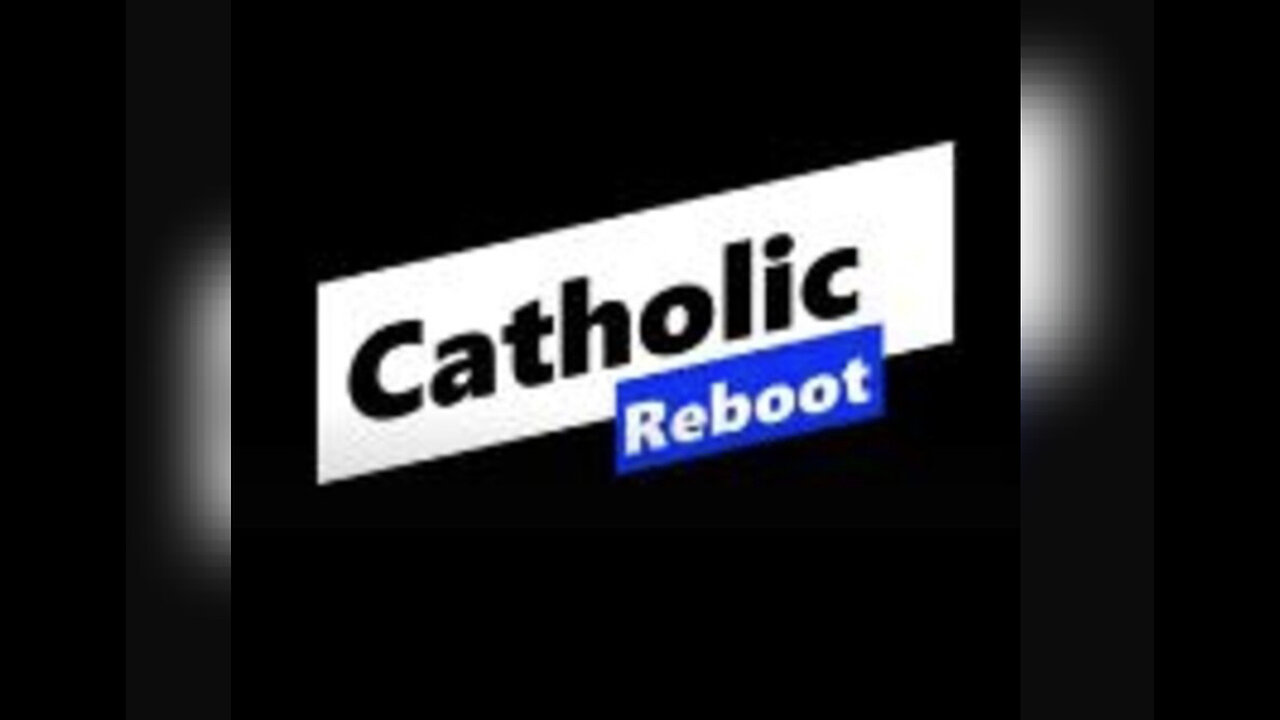Premium Only Content

Episode 1860: Discussing Lenten Practices "No Donuts" with Nick the Cop
Here's an overview of traditional Catholic fasting practices during Lent, based on official Church guidelines and some additional considerations:
Mandatory Fasting:
Ash Wednesday and Good Friday: Catholics aged 18-59 are required to fast on these two days. This means consuming one full meal, along with two smaller meals that together don't equal a full meal. Snacks are not allowed.
Abstinence: Abstinence from meat is required for all Catholics aged 14 and above on all Fridays of Lent (including Ash Wednesday and Good Friday). This includes poultry, red meat, and some mammals (like rabbit). Eggs, fish, and other foods are permitted.
Beyond the Minimum:
Personal Lenten Fast: While the above are obligatory, you can choose to go further by incorporating a personal fast into your Lenten practice. This could involve giving up a favorite food, drink, activity, or even negative habits like gossip or social media.
Focus on Intent: Remember, the purpose of fasting is not just about dietary restriction, but about spiritual growth and deepening your relationship with God. Choose your fast(s) with intention and prayer, offering them as a sacrifice and opportunity for reflection.
Gradual Approach: If you're new to fasting, start gradually and listen to your body. Introduce changes slowly and be mindful of your health and well-being. Consulting your doctor is always advisable if you have any concerns.
Additional Points:
Consult your parish priest for specific guidance: Practices and interpretations may vary slightly depending on your local diocese or community. Your priest can offer tailored advice and support.
Remember the other pillars of Lent: While fasting is an important aspect, it's one of three pillars alongside prayer and almsgiving. Don't neglect these other areas of spiritual growth during Lent.
Don't feel pressured. Fasting is a personal journey, and even small sacrifices can be meaningful.
-
 LIVE
LIVE
Akademiks
3 hours agoDay 2/30. Nipsey Hussle Brother Standing on Bizniz? Offset and Cardi Calls it Quits. 50 v Jim Jones?
2,948 watching -
 LIVE
LIVE
EricJohnPizzaArtist
2 hours agoAwesome Sauce PIZZA ART LIVE Ep. #37: Chaos in Roswell!
525 watching -
 2:11:29
2:11:29
vivafrei
13 hours agoEp. 253: Zelensky Dress-Down and Geopolitical Fallout! D.C. Court Rules AGAINST Trump Firing & MORE!
121K218 -
 2:13:14
2:13:14
Nerdrotic
5 hours ago $6.88 earnedMegalithomania! with Hugh Newman and Andrew Collins | Forbidden Frontier #092
49.5K18 -
 38:41
38:41
Sarah Westall
7 hours agoHealth Freedom Under Attack, Dr Robert Young Found Guilty on Suspicious Victimless Crime, Matt Hazen
43.4K4 -
 LIVE
LIVE
Vigilant News Network
6 hours agoDataRepublican Exposes the Shadow Government’s Darkest Secrets - Exclusive Interview | Media Blackout
1,714 watching -
 31:39
31:39
Peter Santenello
1 year agoStories From Vegas' Golden Era 🇺🇸
41.9K24 -
 LIVE
LIVE
The Why Files
10 hours agoLIVE: The Why Files 24/7 Stream n' Chat
1,396 watching -
 55:15
55:15
Russell Brand
1 day agoThe Truth About Big Pharma & COVID with Dr. Aseem Malhotra
161K7 -
 1:19:48
1:19:48
The Rubin Report
10 hours agoWhat the Trump Administration Must Do Instead of Revenge | Peter Thiel
120K166